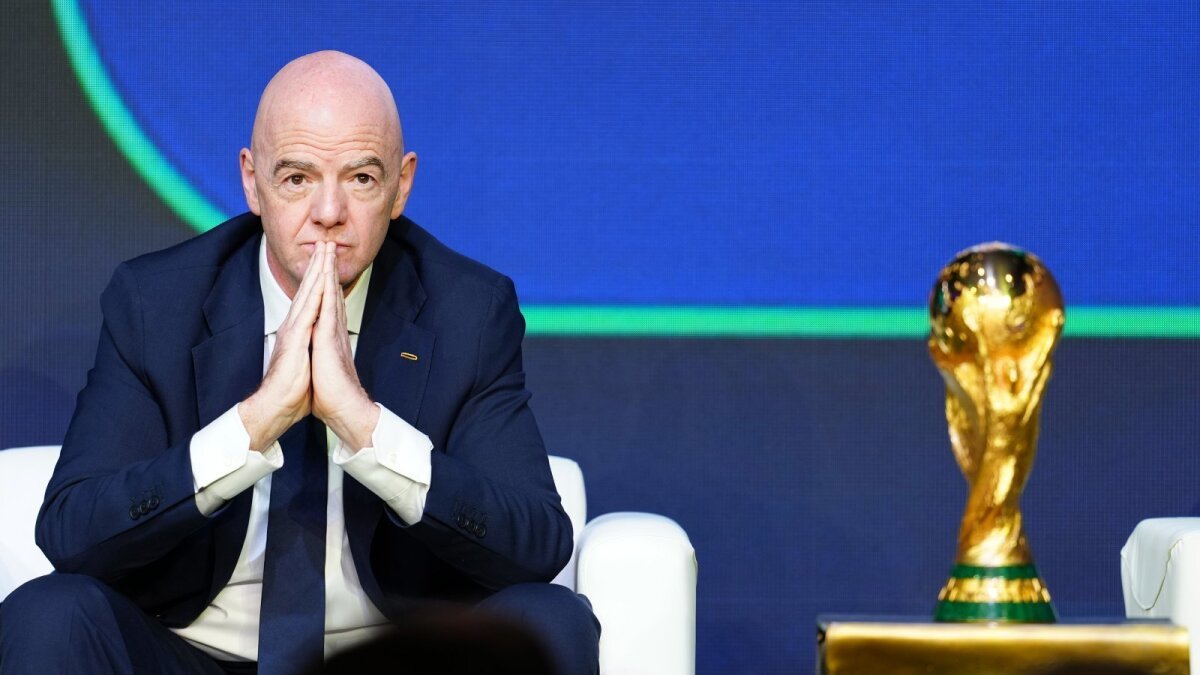Pope: Koreas History of Hardship Resembles That of Poland
Pope: Koreas History of Hardship Resembles That of Poland
Posted April. 04, 2005 18:13,
Pope John Paul II had shown a special affection for Korea, making as many as two visits here. On May 3 1984, during his visit to Korea, which was the first visit by any pope in history, the Pope held a ceremony of friendship by kneeling down and kissing the soil of Korea right after he arrived at Gimpo Airport.
The aim of the Popes visit was to attend the 200th anniversary of the establishment of the Korean Catholic Church, as well as to hold beautification and canonization ceremonies for 103 martyrs, including Father Kim Dae-gun. Korea was the 21st country for the Pope to make a visit to at the time. The Pope started his arrival statement in Korean, asserting, It is a great pleasure to go a long way to where there is a friend, quoting the Analects of Confucius. He also wrapped up his message in Korean. Everyone here, his or her family, and all the families in Korea shall enjoy peace, friendship and love in Gods blessing. Thank you, said the Pope.
Before his visit, the Pope had learned Korean three times a week from Bishop Jang Ik, who had been staying in Rome at that time, and who is now serving as the head of Chuncheon Parish. After reading the English version of The History of Korea, written by former professor Han Woo-keun of Seoul National University, he is said to have stated that Korean history, in which its people secured their national identity despite severe hardships and sufferings, quite resembles that of [his] mother country, Poland.
In his first visit to Korea, Pope John Paul II made some politically sensitive remarks given the political setting of Korea at that time, demanding workers be given fair wages in front of as many as 400,000 in his Busan lecture. It has recently been known that, in his dialogue session with Korean youths held at Jang Chung Sports Arena in Seoul as the last event during his visit, he willingly received a box of tear bombs brought by some young people in an attempt to publicize the tyrannical nature of the militaristic regime.
The Pope visited Korea again on October 7, 1989, to preside over the 44th International Eucharist Congress. On October 8, during the mass for the World Eucharist Congress, he also recited a message of peace between the two Koreas in front of over 650,000 people at the Yeouido Plaza, Seoul.
The Pope has delivered messages for Koreans whenever Korea faces big events or disasters. He conveyed a congratulatory message on the Inter-Korean Summit in 2000, and sent consolatory messages when Koreans suffered from Typhoon Rusa in 2002, as well as the Daegu Subway Arson Attack and Typhoon Maemi in 2003.
Pope John Paul II had also made unsuccessful pursuits to make a visit to North Korea. In his meeting in Rome with former President Kim Dae-jung in March 2000, the Pope gave an affirmative response to then-President Kims suggestion of the Popes visiting the North. After the meeting, the Vatican strived to create an atmosphere for the Popes visit, dispatching the Archbishop to Pyongyang and offering hundreds of thousands of dollars in financial aid to the North. Nevertheless, such efforts turned sour as North Korea was reluctant to meet the prerequisites for the Popes visit, presented by the Vatican, such as recognition of the Catholic Church in the North and entry permits for Catholic priests.
Jung-Bo Suh Jong-Koo Yoon suhchoi@donga.com jkmas@donga.com





![10번 북송된 그녀, 73만 유튜버 되다…탈북 유튜브 ‘유미카’ 뒷이야기[주성하의 북에서 온 이웃]](https://dimg.donga.com/c/138/175/90/1/wps/NEWS/IMAGE/2025/12/12/132938957.1.jpg)
![‘친구’란 말에, 치매 아버지는 고향땅 800평을 팔았다[히어로콘텐츠/헌트①-上]](https://dimg.donga.com/c/138/175/90/1/wps/NEWS/IMAGE/2025/12/14/132961909.1.jpg)
